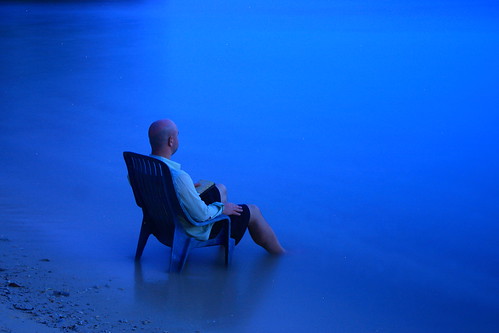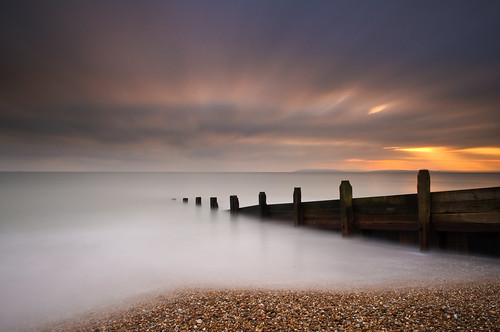Milky water shots produce fine art results
The effect of a long exposure on a moving object is to blur it. The classic long exposure photo taken with water produces a blurred milky effect on the moving water. Here is how it is done.
What will these long exposures produce?
First, here are three examples of the type of shots this technique will achieve…
Here is one that is a bit different…

76 – Milky Water by Bob Lawlor, on Flickr
76 – Milky Water by Bob Lawlor, on Flickr![]()
Here is a long exposure more in the traditional format. The water is photographed against non-moving subjects they come out in clear detail while the water becomes frosty/smooth…

Minimalist tidal Long Exposure or just a Seagull perch by Bus_ter, on Flickr
Minimalist tidal Long Exposure or just a Seagull perch by Bus_ter, on Flickr![]()
What you will need
You will need a dense ND filter. This will be what will enable you to keep the shutter open for a long period to blur the water surface. You will also need a camera that can be operated in full manual mode. You need to also have a “bulb” setting available. Other than that you will need all your normal photographic equipment.
Long exposure tutorial with Scott Kelby
To explain the technique here is a video from Scott Kelby which show you how to do the actual shots…
Long exposure tutorial with Scott Kelby
Weekly Photo Tips’s Video Channel
Photokonnexion Photographic Glossary – Definitions and articles.
Neutral Density Filters
Diffuser; Diffusion; Diffusion Filter
Definition: Gel; Diffusion Gel; Filter Gel; Color Gel; Lighting Gel;


